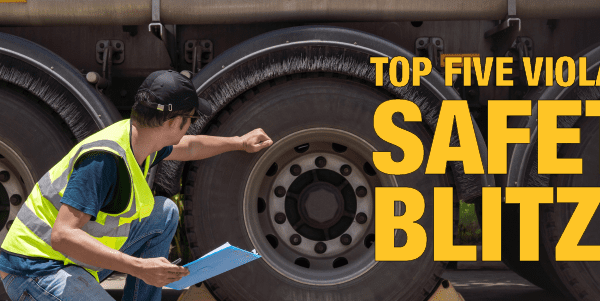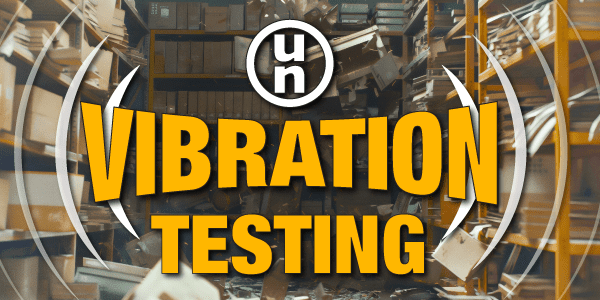
When shipping hazardous materials there are several procedures that need to be followed and proper training is required.
We’ve put together a guide that outlines all the important aspects of shipping hazardous materials.
Employee Training
You should begin by ensuring your employees are properly trained. This includes general awareness of regulations, function specific-training, and safety training. ICC provides initial and recurrent hazardous materials/dangerous goods training required under IATA, IMDG, 49 CFR, GHS, TDG, and WHMIS regulations.
Safety Data Sheets
To help you communicate and classify any hazardous material correctly you need to refer to Safety Data Sheets (SDS). SDS assists you with proper shipping name, class of hazard, and the UN identification number that can be cross-referenced to the hazardous materials table in 49 CFR. ICC has over 200 years of combined regulatory experience with specialist versed in various transport and workplace regulations. Our SDS creation process is simple, and we understand that product formulations are part of your company’s success.
Packaging
Your packaging and labeling are determined by the mode of transport (ground, rail, sea, and air) you select. The next step includes obtaining the proper packaging from a supplier. The package supplier will provide details on how to assemble and properly seal the package. These instructions need to be followed and all the necessary paperwork completed. ICC supplies UN approved packaging and boxes and custom packing options.
Marking & Labeling
It is essential that you mark and label your packages properly as this ensures safety, regulation compliance, and timely delivery. ICC has an extensive selection of hazard class labels that are printed on durable and weather resistant materials.
Shipping Documents
Improper shipping documents can lead to non-compliance fines and delays. In fact, the shipping document represents the greatest difficulty from a compliance perspective. Penalties and delays due to improper shipping documents can be prevented if your team is adequately trained to current regulatory requirements. Our blog “Why is the shipping document such a common problem?” discusses this issue in greater detail.
If you have any questions or want to learn more about the proper procedure to ship hazardous materials, please contact us.
We have all the products and services you need to ensure your staff is properly trained and informed.
Custom or Stock Labels
UN Approved Packaging & Boxes
Training Courses
Shipping Forms





